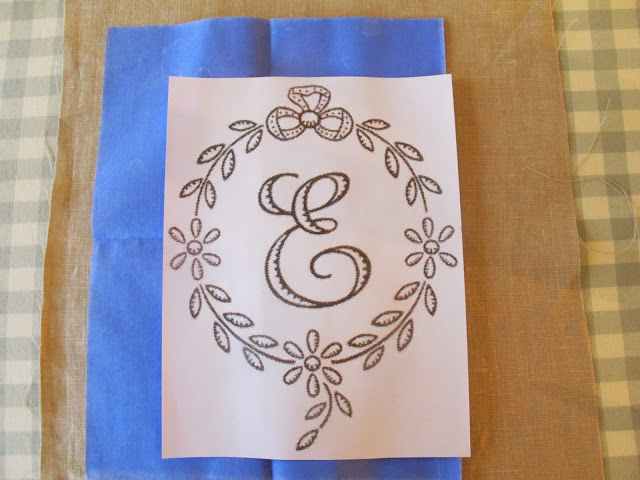Spare time has been scarce around here lately, as my kids have been out of school since last week. But this morning I had a sitter for a couple of hours, so I snuck into my shed to see what I could make for a few of the grownups whose names are not yet checked off of my Christmas list.
I dug out this bag of chamomile flowers that I picked in June, which I'd dried out and stored in a jar. I decided to make some tea bags for my mother in law, and I popped them into this pretty tin that I picked up at a garden center a few months back. Want to make some, too? Here's how you do it:
Using some lightweight and inexpensive muslin from my fabric stash, I cut out a bunch of four inch squares of fabric. Notice how this muslin has a pretty loose weave, so it'll actually work for brewing tea (I hope).
Fold each square in half, and sew along two of the three open sides, using small stitches.
Turn the bag right side out, and fold the top edge inwards by about half an inch.
Crush up your herbs. For the chamomile, I just used the leaves and yellow flower heads, but left the stems and dried flower cones out.Scoop the crushed up flowers into a piece of paper and carefully pour them into the bag. I used five or six flowers for each bag, which filled it about half way up. I wanted there to be room for the water to flow through the chamomile so I didn't overstuff them.
Now sew the bottom seam shut, and repeat until you have as many bags as you have room in your chosen container for. If you don't have a tin lying around, you could use a jam jar, as shown. Just find something to keep the air out of the container so the tea doesn't lose it's magical powers.
If you didn't remember to harvest your local chamomile flowers in June (that's a joke), you can still make some of these pretty and thoughtful gifts. There's no shame in grabbing some fresh mint or lemon balm at the grocery store, which you can dry at home for a few days and add to these little bags. A slight cheat: buy a couple of varieties of herbal tea, make your own blend (right now I'm loving cinnamon and fennel) and repackage them in cloth bags. Cheesecloth is also muslin, by the way, and about the right weave for this project. Don't forget to hop onto your computer and whip up some pretty labels to stick on your jars. And if you'd rather just bookmark this idea for next year, think about planting some of the herbs found in this link so you can plan ahead.
























































